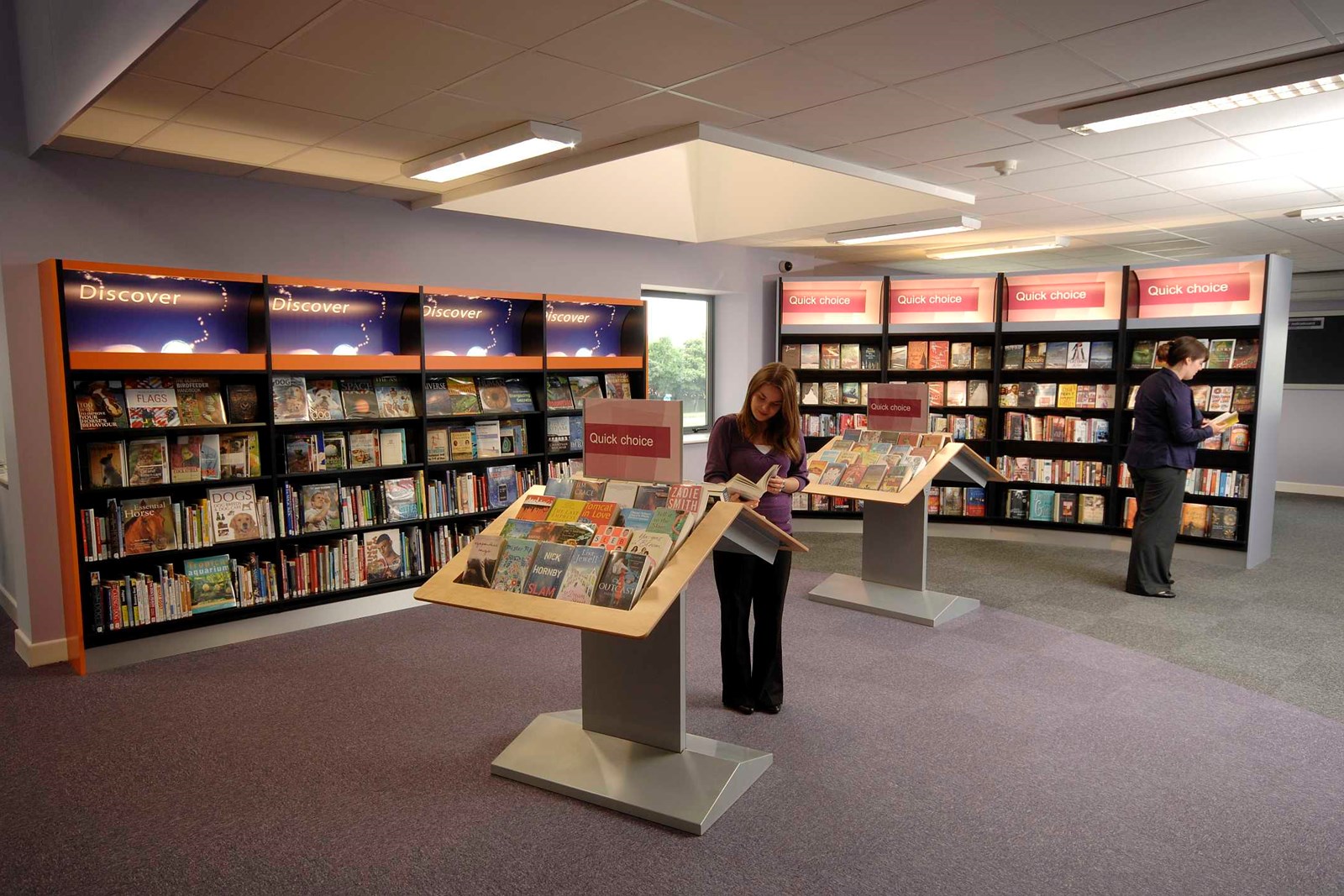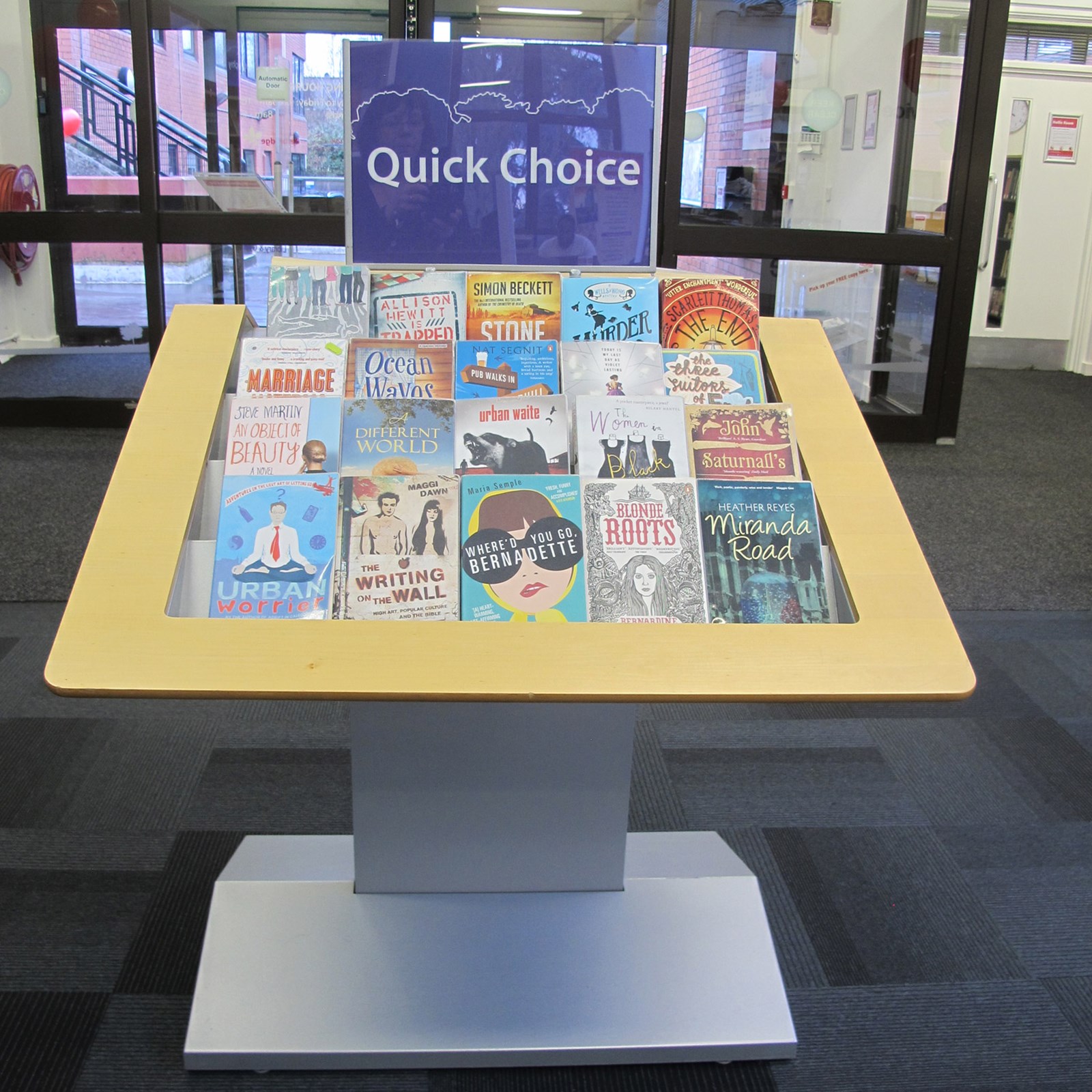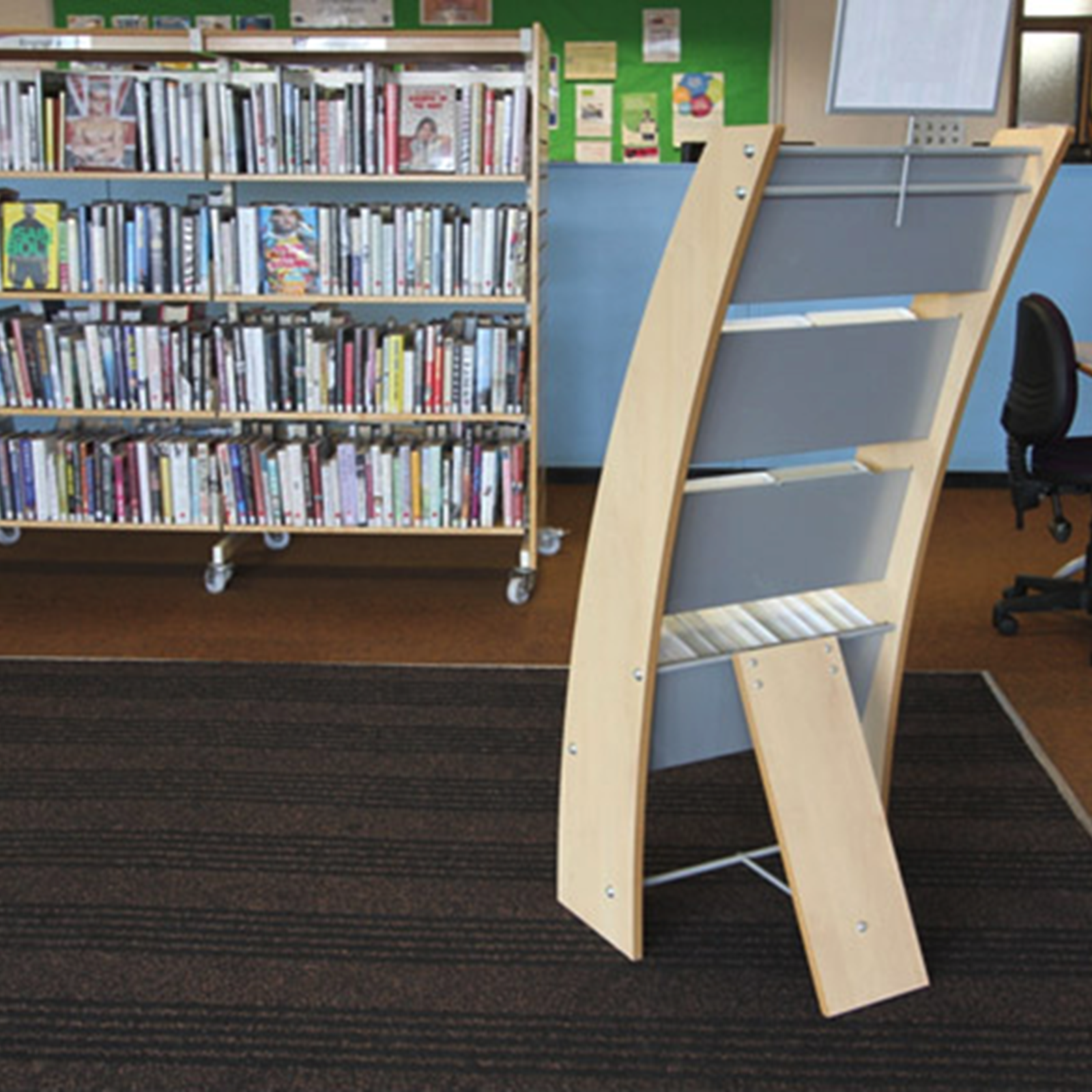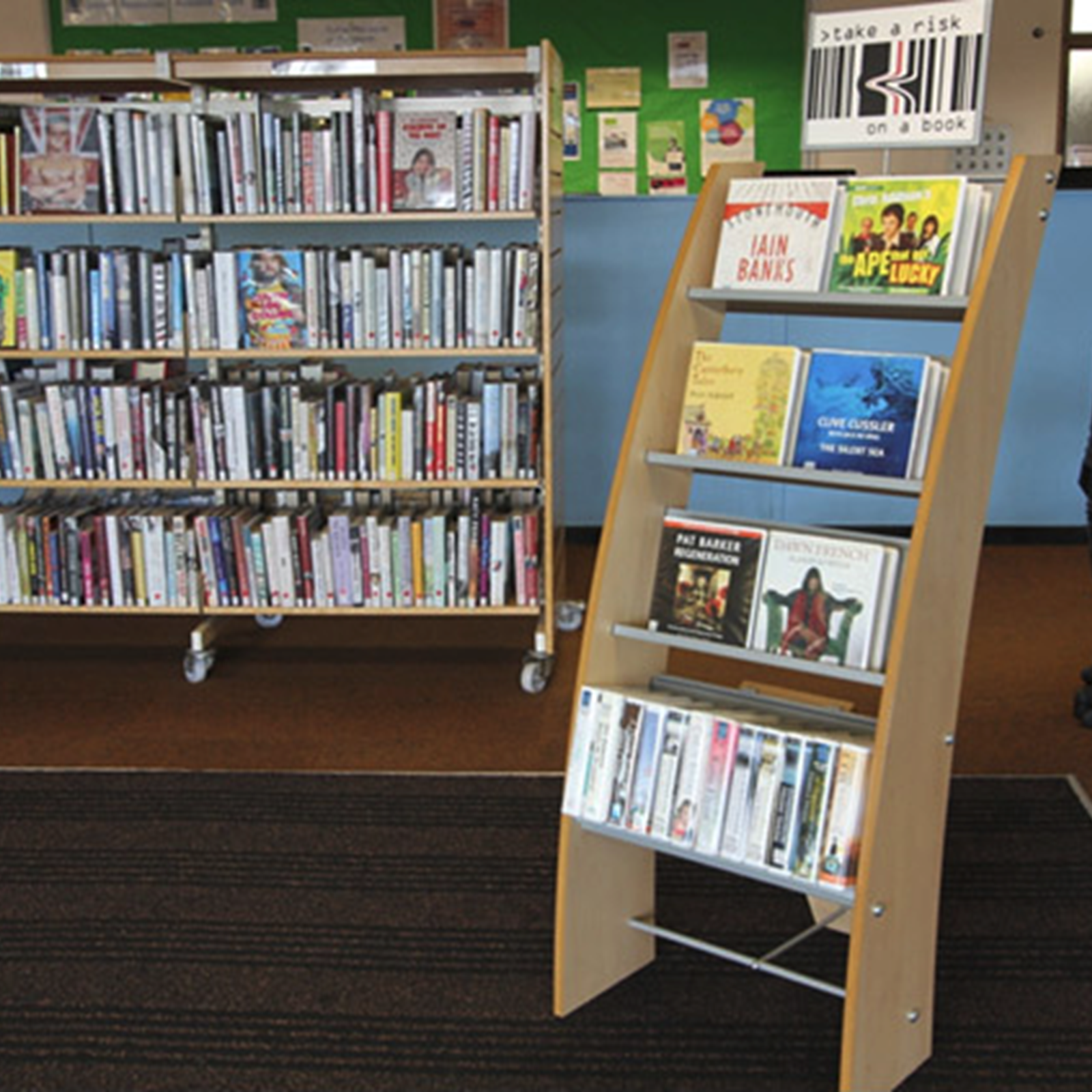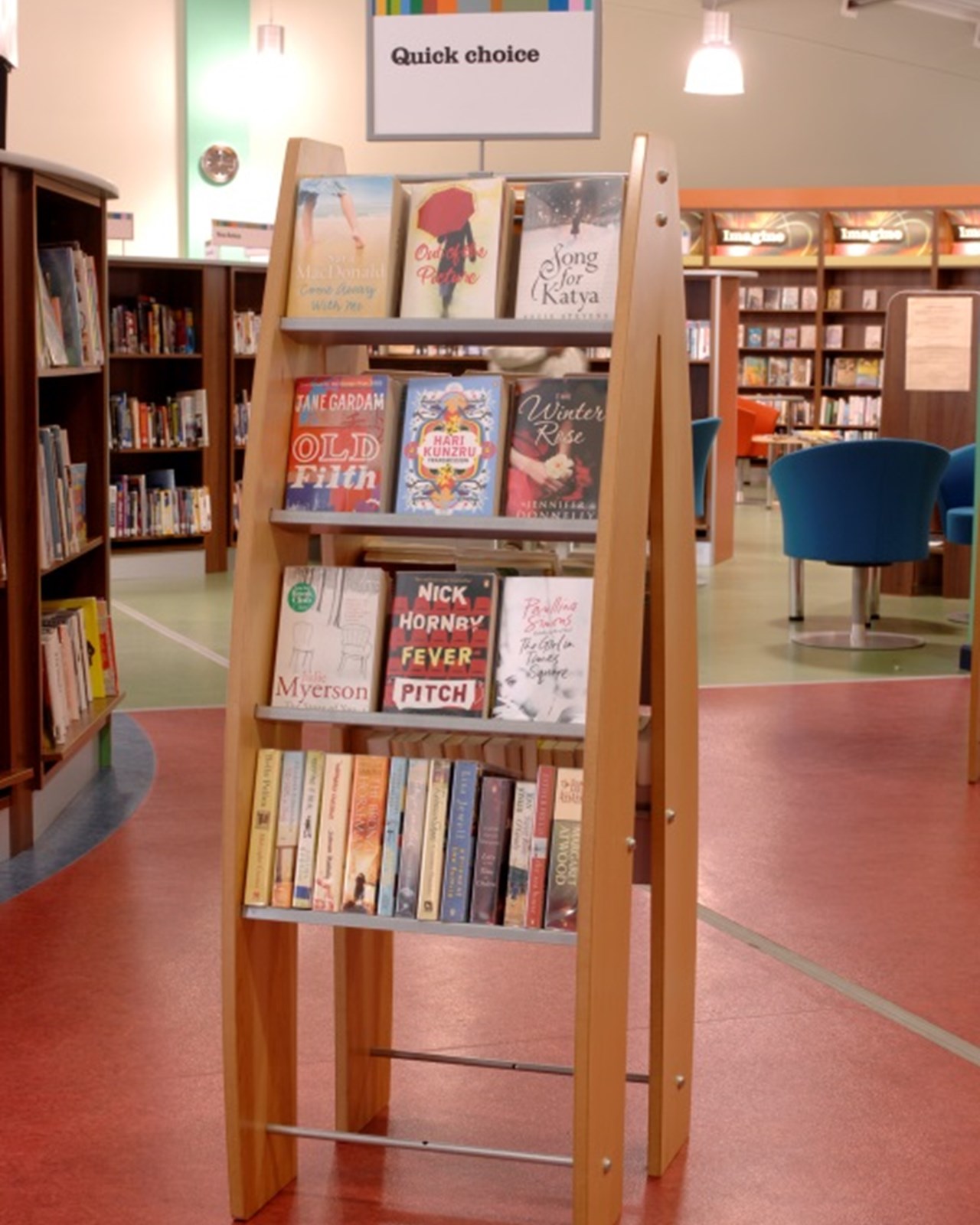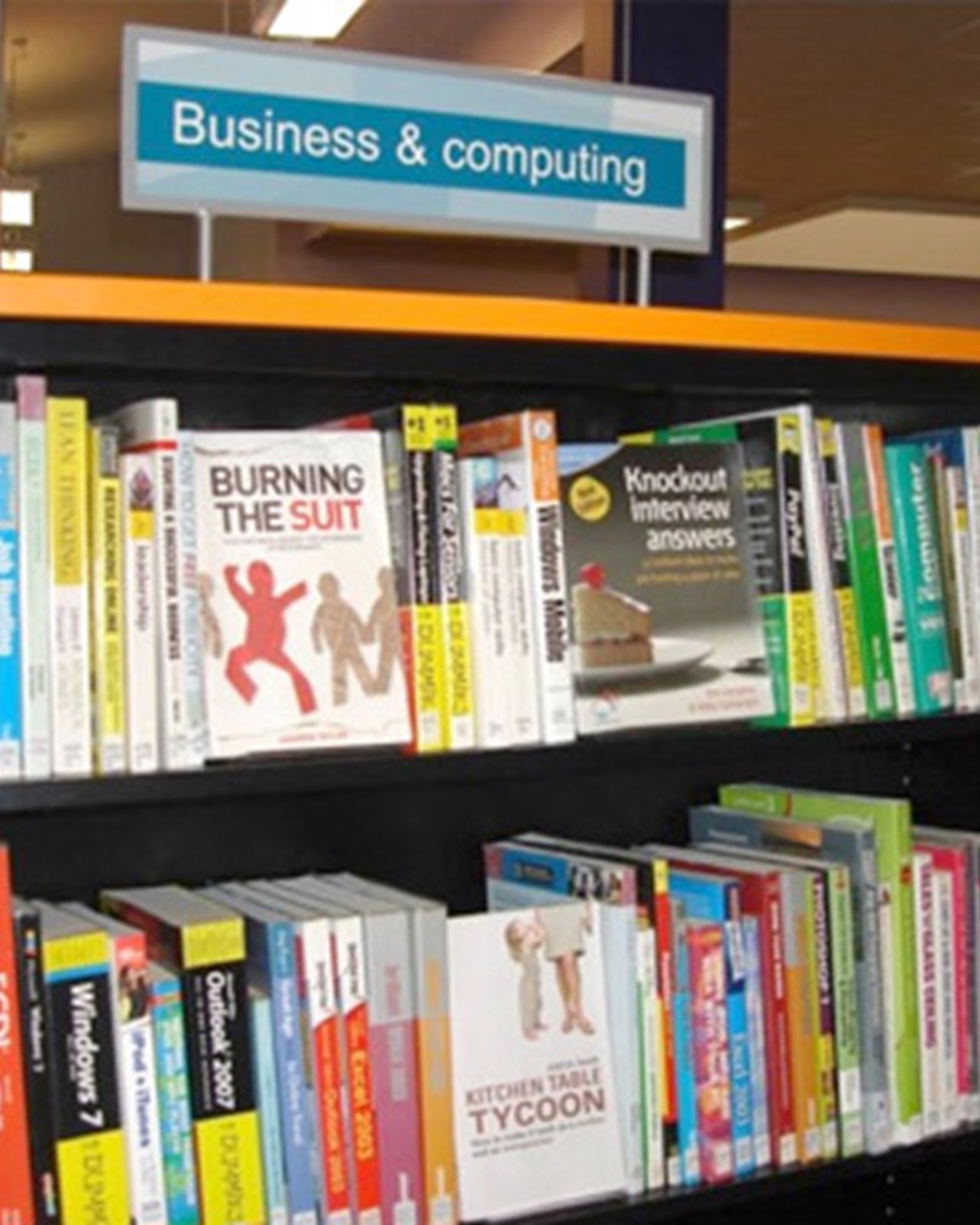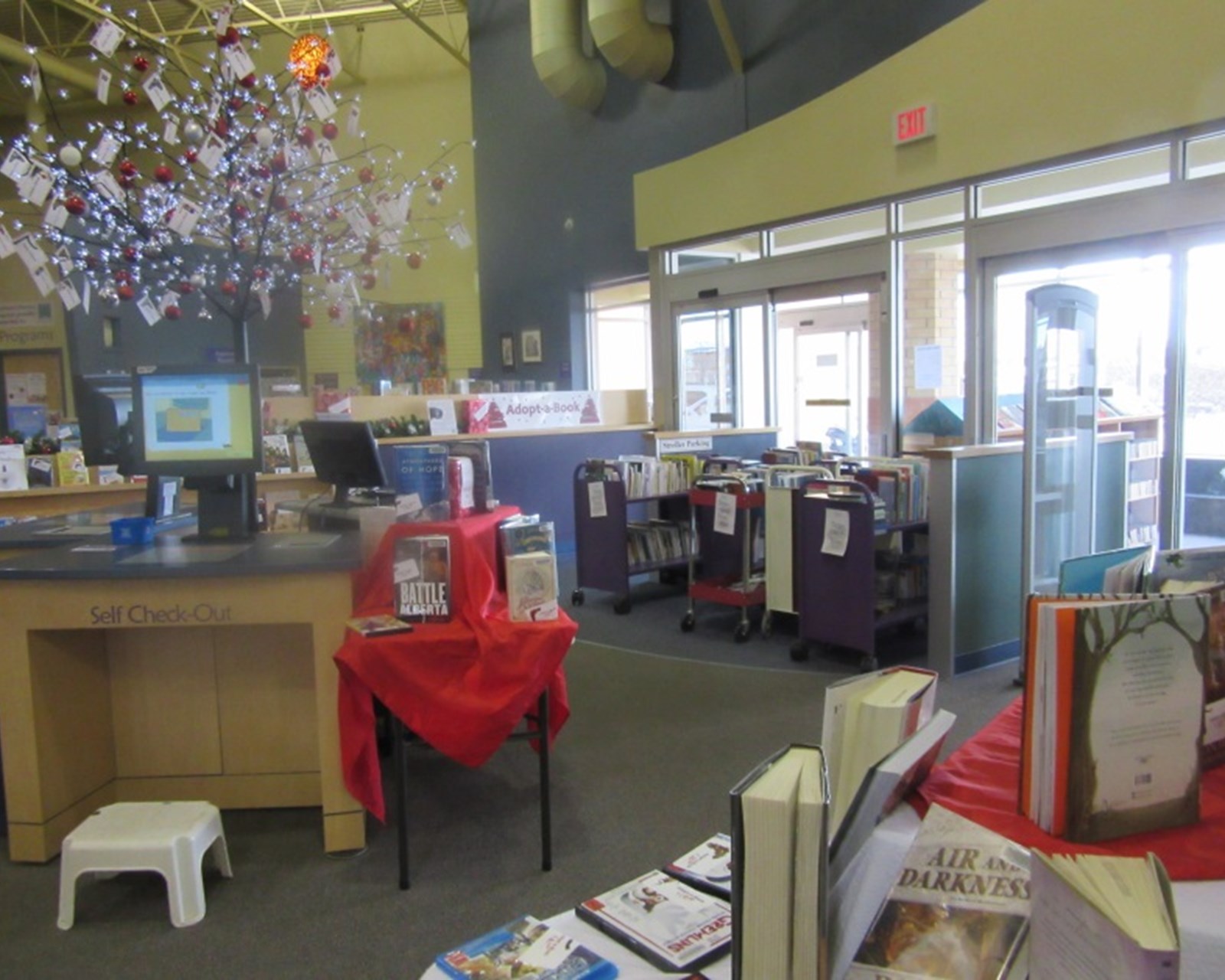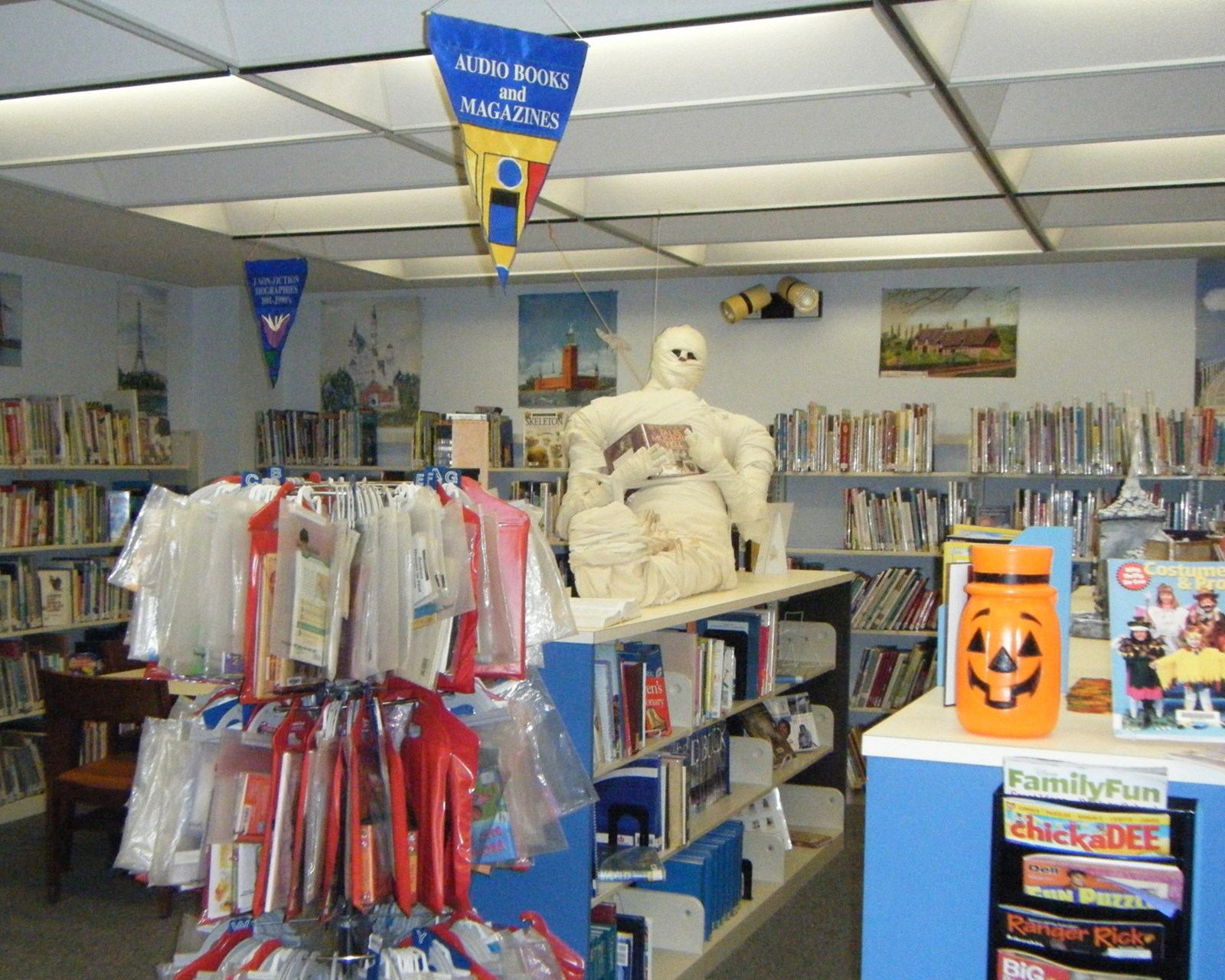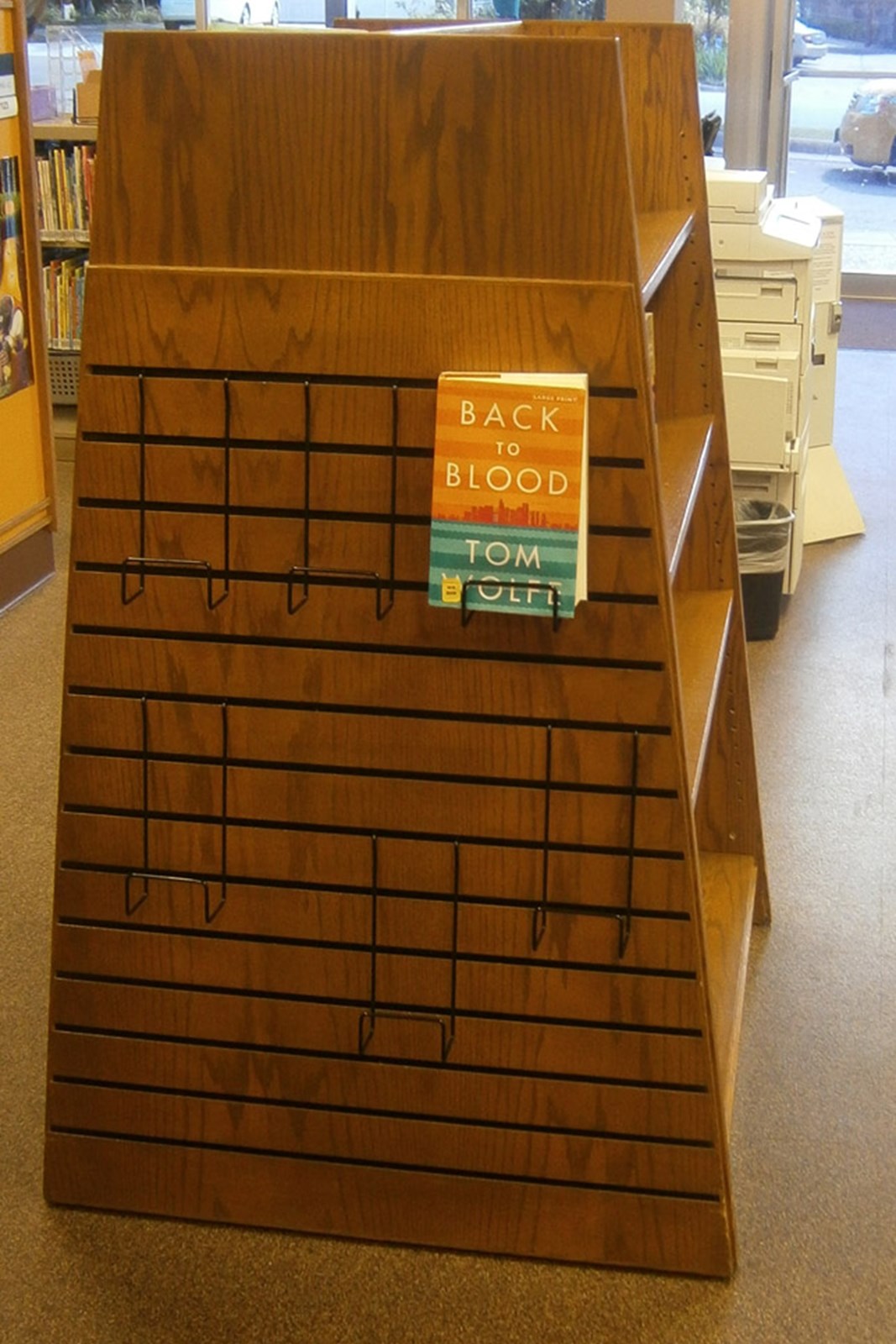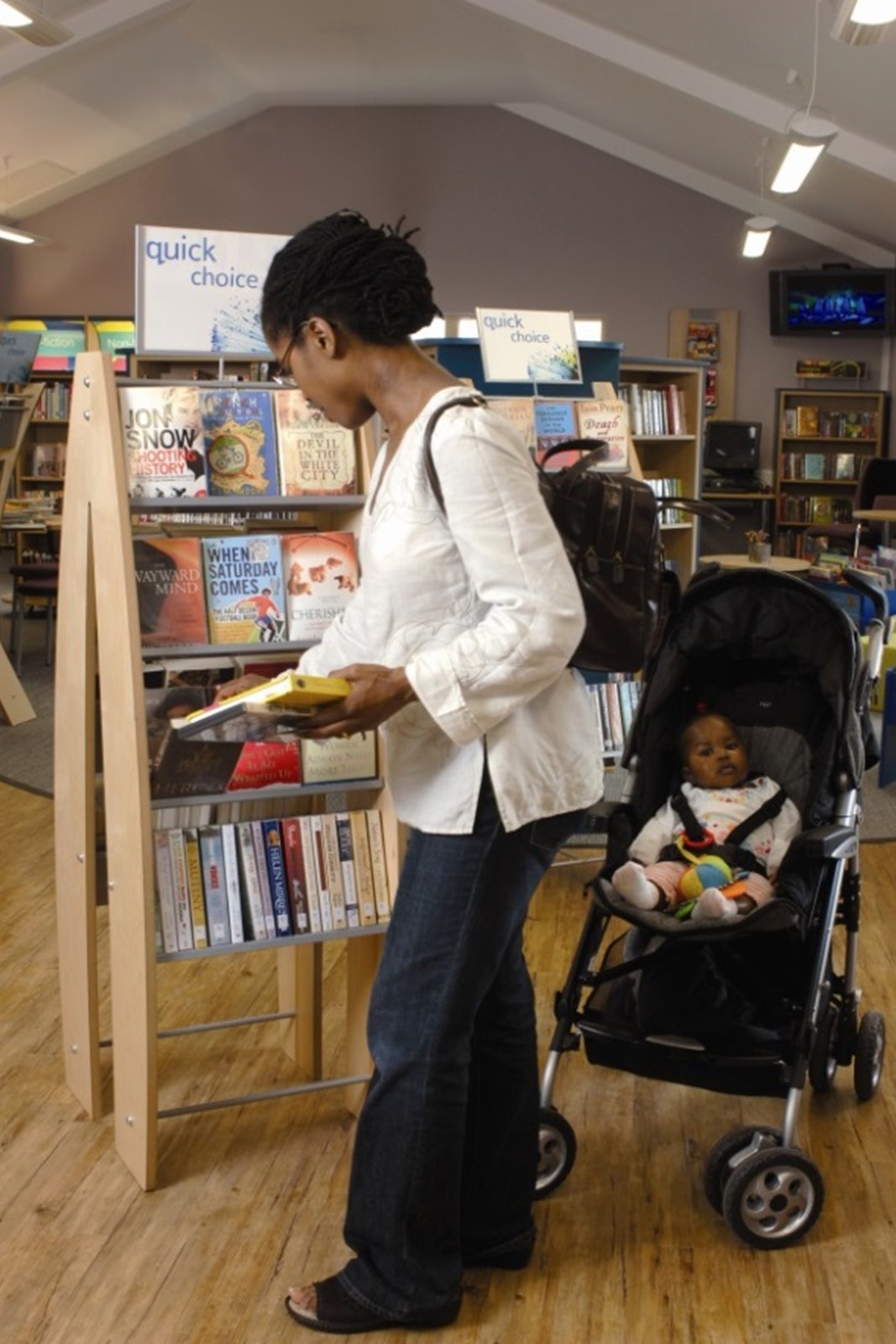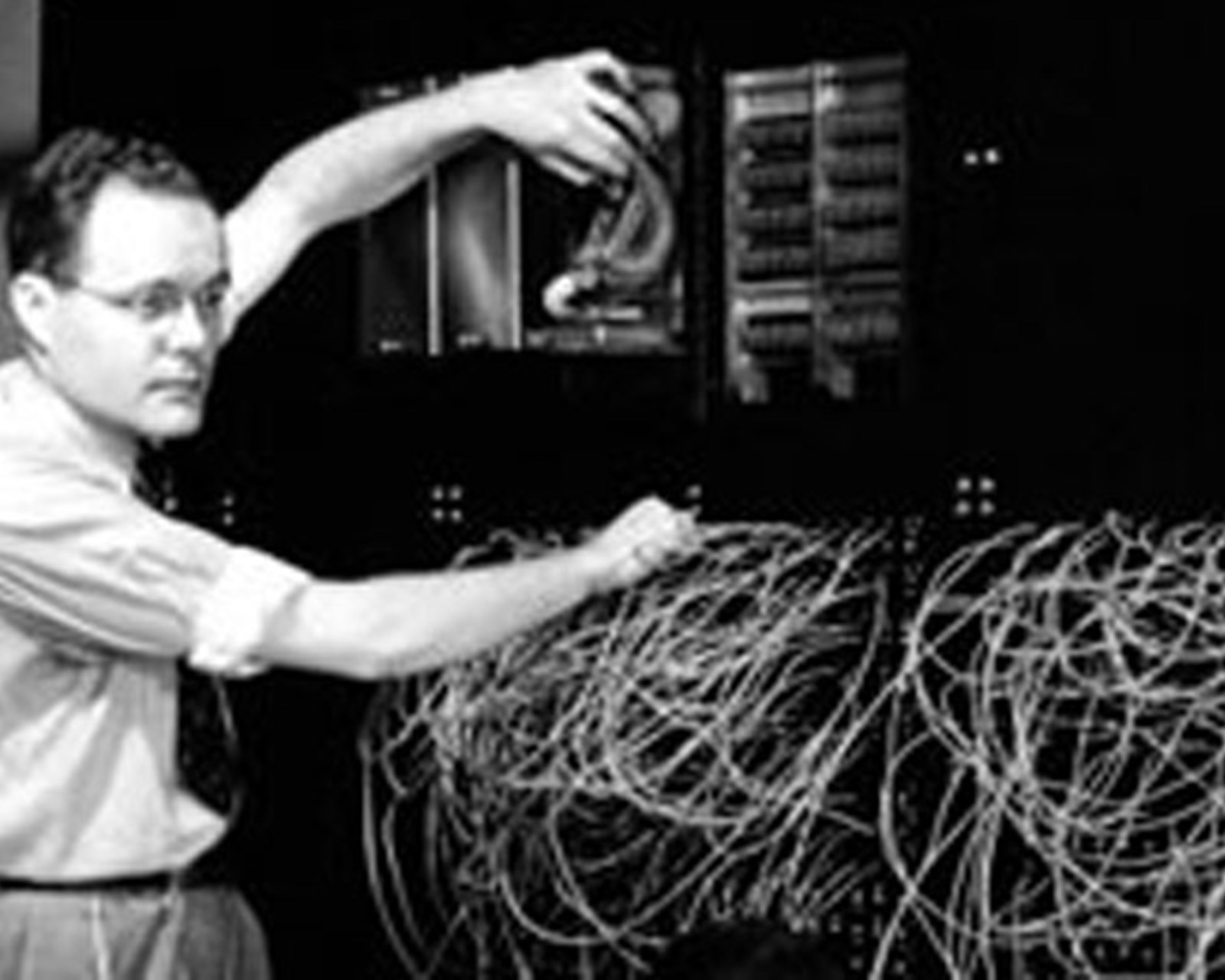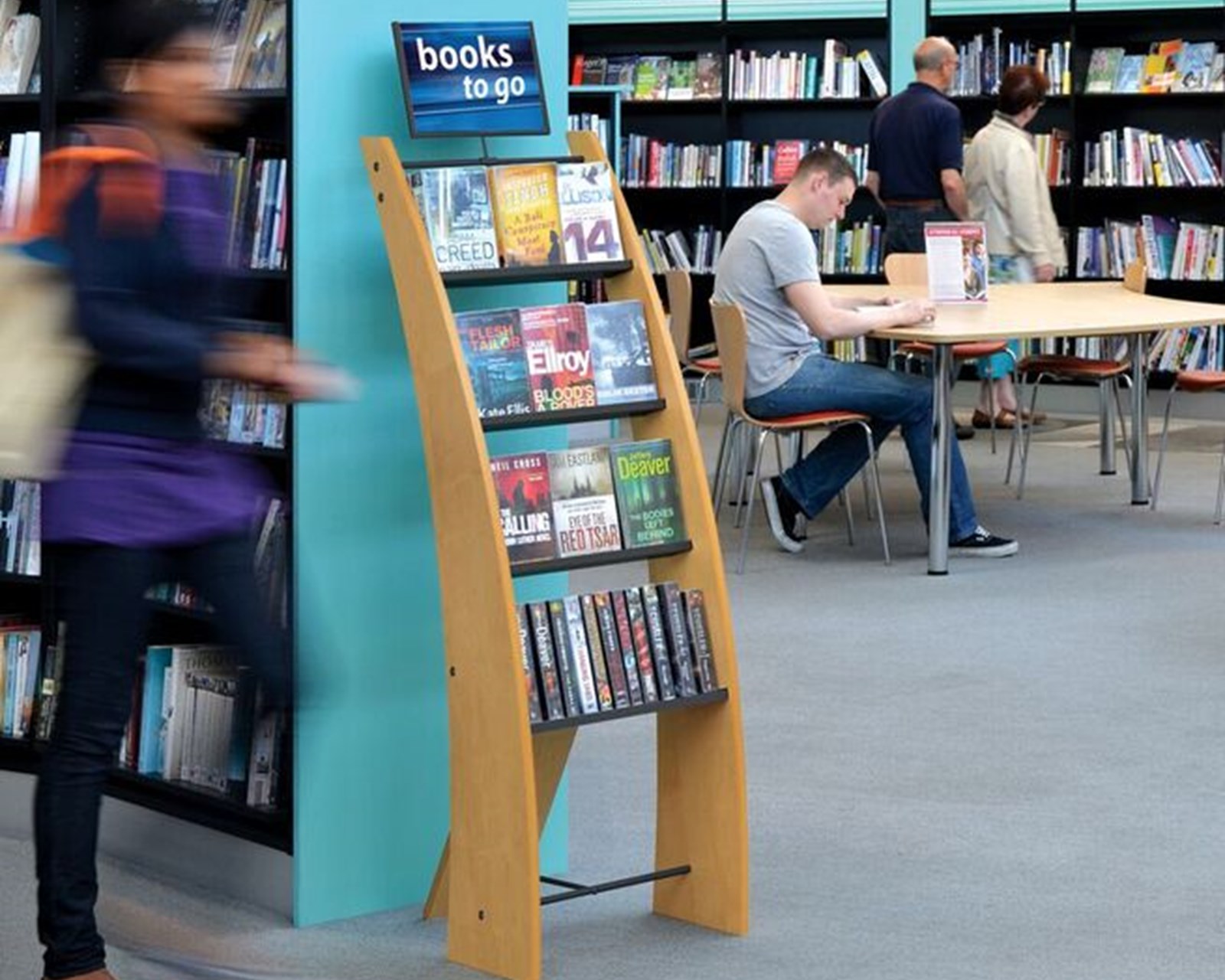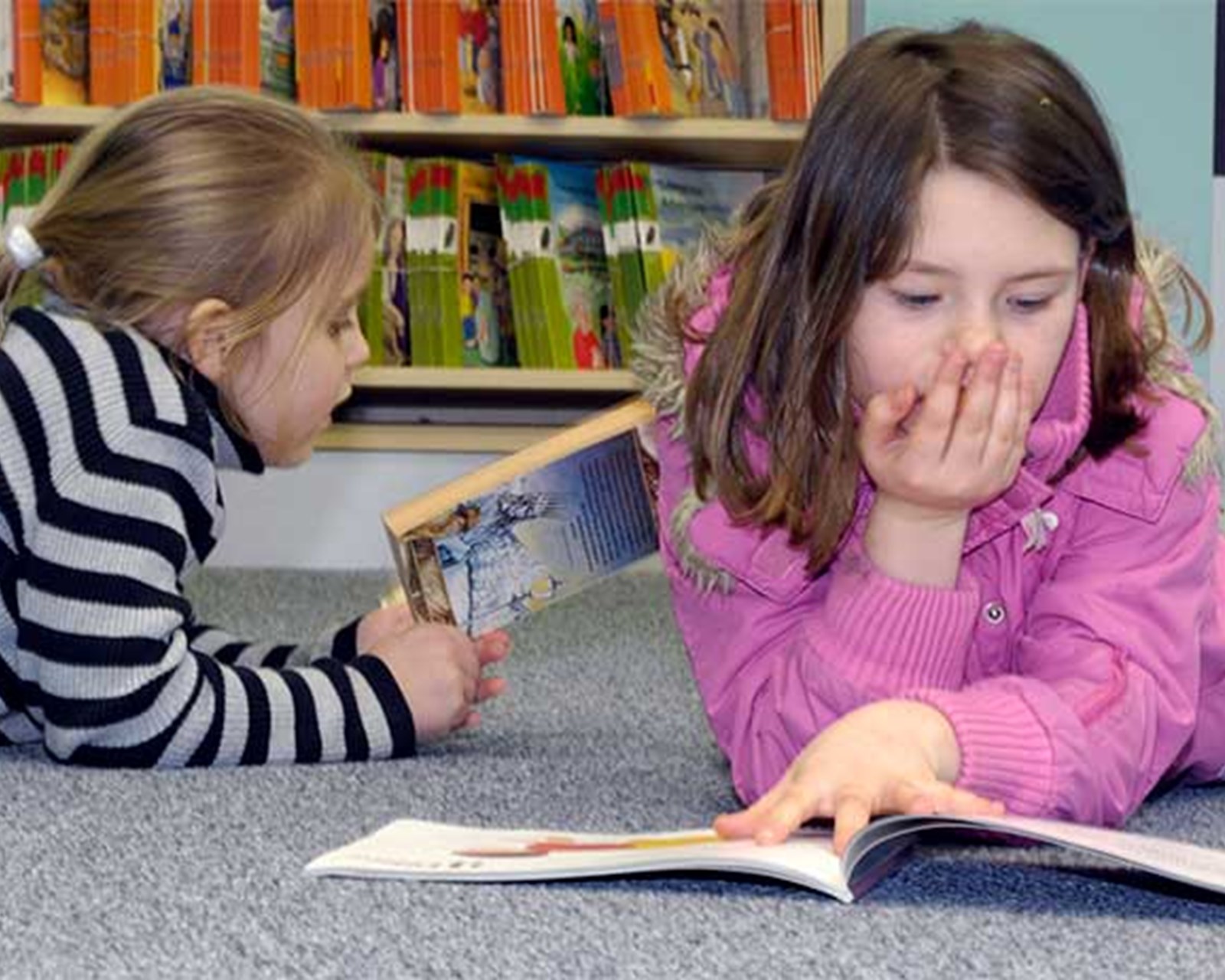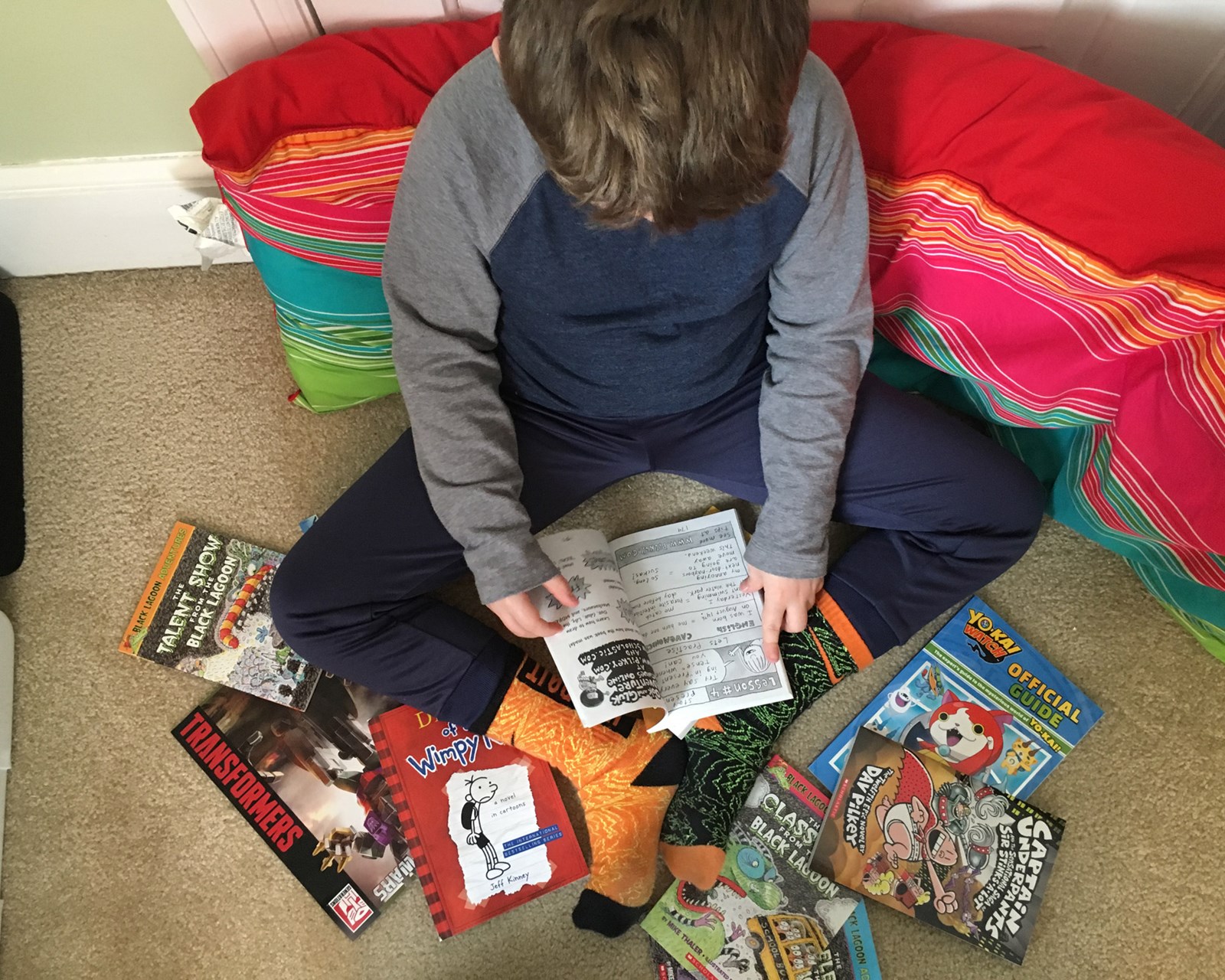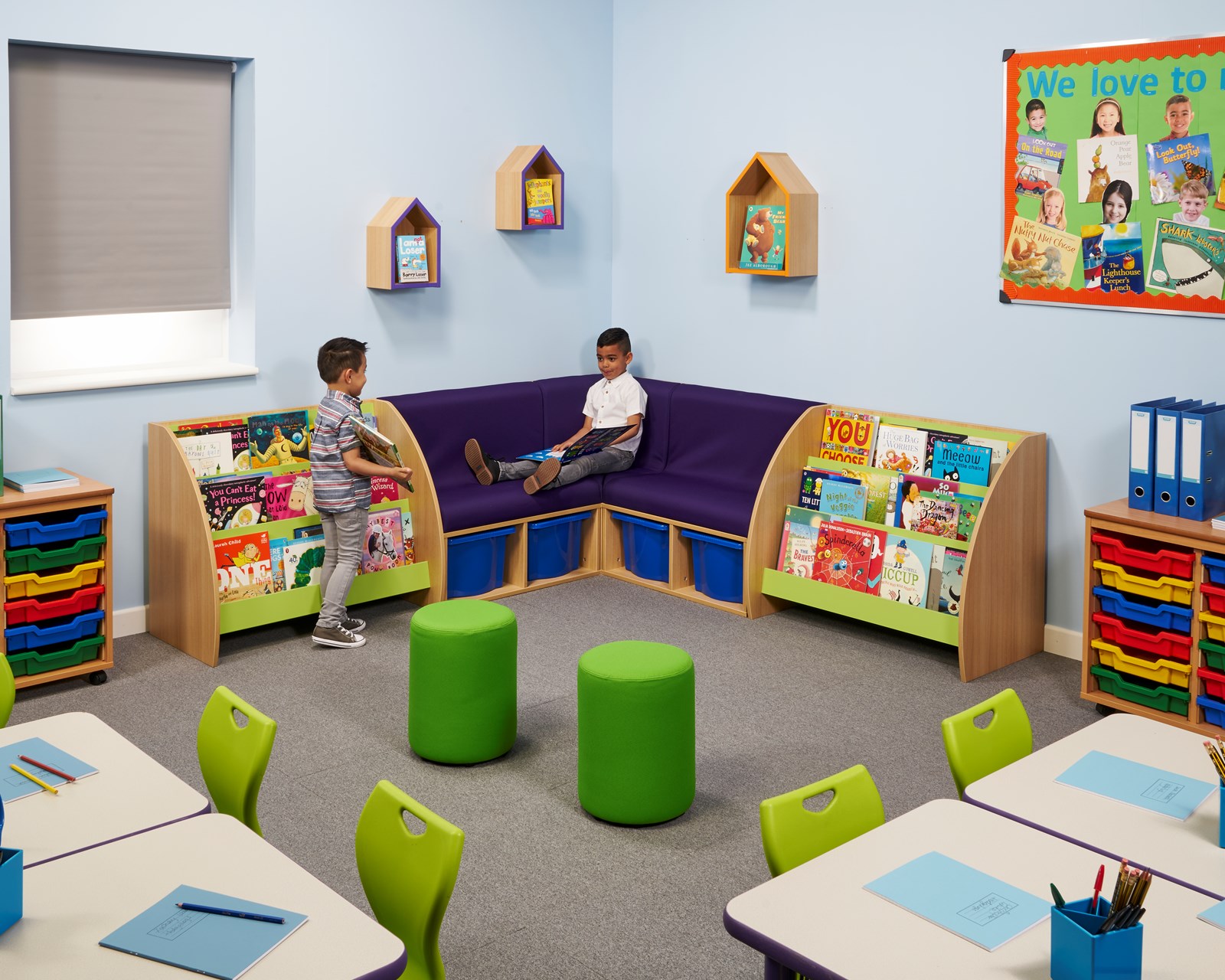What Libraries Can Learn From Retail Stores
Bookstores are different from libraries and libraries should not feel the need to compete – or be judged - in comparison. Libraries have their own special strengths – the breadth of their collections, the variety of titles, the free access to information and leisure reading material.
While it’s great to celebrate these unique qualities, it is also good to embrace what is useful from the retail sector, adapt it to suit our needs and make it work to our advantage.
Library patrons are shoppers – from the youngest to the oldest. Their choosing techniques are influenced hugely by the way they operate within the retail world. Libraries can and should learn from this ‘shopping behavior’.
US retail guru, Paco Underhill, provides us with many useful examples of ‘shopping behavior’ in his book Why We Buy – The Science of Shopping. But there are two statistics which seem particularly relevant to those of us working in the library world:
- 50% of people buy the first thing they touch
- 72% of purchases are made on impulse
So how can libraries ‘cash in’ on this universal truth about the way human beings make choices?
You might answer – but it’s not our job to sell stuff. Our core offer is the loan of books and the encouragement of reading. Indeed – but our task is to ensure we help customers of all ages using our libraries to find something satisfying to read. To support people in this quest, we must open up the choices available to them in the library in a way they find tempting, visible and easy to access. We need to help them find something they want to take away. That means they leave the library a satisfied customer and we can raise our circulation figures (and justify our existence).
Here are four essential retail techniques that will help us achieve this aim.
Location
Retail stores identify display hotspots for maximum product exposure. These promotion spaces generate high return in terms of items sold. In a bookstore, publishers will pay big money to get their titles on these display stands. So how do you find your library’s 1000-dollar display space?
Choose a place which is close to the entrance and highly visible to people coming into the library. It is worth observing this space for a short while, so that you can identify the best location for your display. Choose a spot where patrons, students and children have slowed their walking pace, paused and are receptive to their immediate surroundings. When you set up your display stand – make sure there is plenty of space surrounding it so people can browse in comfort. Angle the stand so that any face-forward book covers are pointing in the direction of in-coming traffic.
By doing all these things we make it easy for people to stop and pick up books. And as Paco Underhill tells us – if they touch, they are much more likely to take it away.
Face-forward display
Once you have chosen the best location for your book display, you need to make the display look attractive and tempting to patrons and students so it will trigger the impulse behavior that governs 72% of choices. The best way to do this is to let the book covers do the talking by turning as many as possible face-out. Choose strong, vibrant covers and display them to make the most of contrasting colours and tones so that each enhances its neighbour.
Another valuable retail technique is to ensure your face-out display is at eye level. In the retail world Eye Level is Buy Level. If you want a title to get noticed, keep the browsing experience comfortable for patrons. Don’t make them stretch up or bend down. This rule applies to face-out display on both free-standing display furniture and face-forward books on library shelving.
This message is perhaps even more important in the children’s library where the variables on eye level are at their most extreme. Check that the face-out books in this part of the library are displayed at the right height for the age of the children who will want to read them. Ensure that face-forward books are visible to the target audience and also easy to reach and touch.
No clutter
Bookstores know the value of allowing books to speak for themselves – without being overwhelmed by clutter. There are two types of clutter to avoid - the visual kind: homemade signs, too much guidance, posters and leaflets demanding attention in every sightline; and the physical stuff: props, toys and other ‘themed’ objects displayed alongside the books. The simple but best approach is to ‘Let the Product Be King’. Book covers are fantastic works of art. Publishing marketing is intelligent and sends out seductive messages to readers.
Together this is a powerful cocktail which libraries can use (free of charge) to draw patrons to face-forward displays.
It’s both cheap and easy to maximize the impact of book covers in displays by removing both visual and physical clutter and letting the books speak for themselves.
Full, rich displays
Retail stores also know that well-stocked, attractive product displays tempt shoppers. The same is true for book displays in libraries. A full, rich and vibrant display sends out a positive message that library staff care about offering their patrons choice and presenting it in an enticing way. It’s very important to maintain this level of care – and plan staff routines to ensure there is time to top up book displays and keep them tidy and stimulating. Empty display units or stagnant book collections send out negative messages of neglect and low priority. No-one will visit these sad looking promotions.
Putting retail techniques into practice
If you can give time and priority to these four straight-forward and inexpensive retail techniques, you willl make a real difference to the experience of readers of all ages who enter your library. With practice, this way of displaying books and maintaining this approach to customer care will become second nature and just a part of your daily routine. Your efforts will be rewarded; not only will the library look more open and welcoming but those entering the space will have their visit enhanced by the range of choice immediately visible to them.
 Canada
Canada United States
United States United Kingdom
United Kingdom
